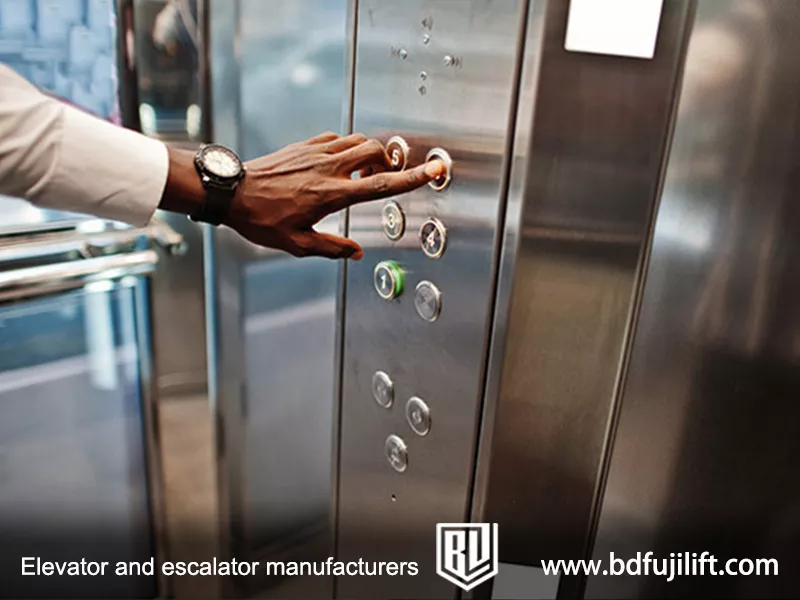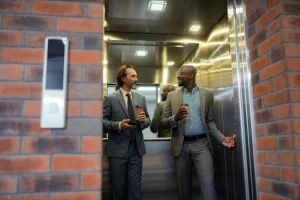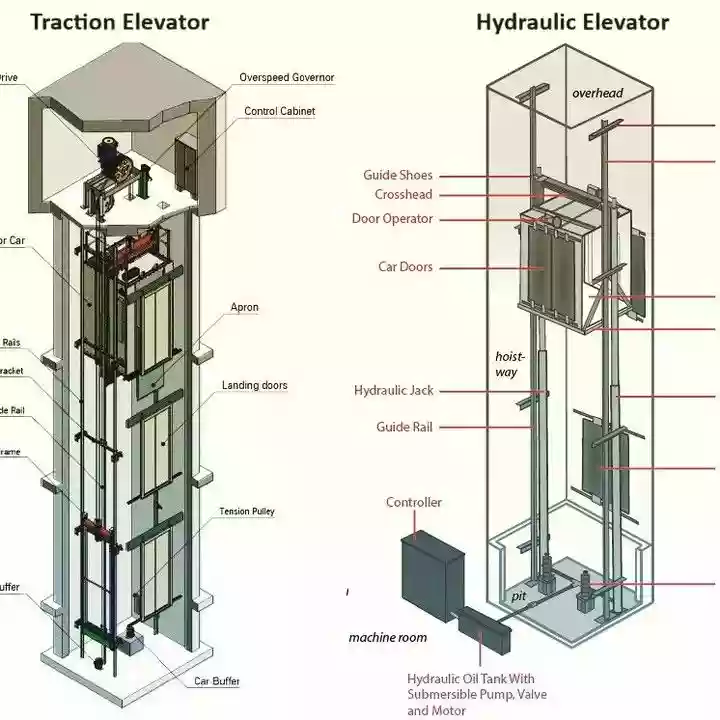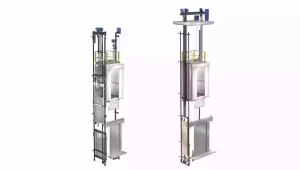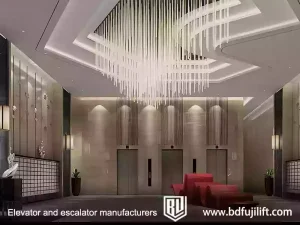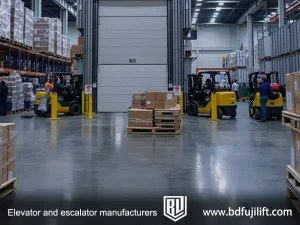When planning a commercial building or undergoing a renovation, installing a business elevator is a crucial decision. However, determining the cost of a business elevator installation can be a bit challenging. This blog post will explore the various factors that influence the cost of a business elevator, from its type and size to the specific needs of your building.
Types of Business Elevators and Their Costs
Business elevators come in various types, each designed to serve specific needs and building types. The price varies depending on the type of elevator, its features, and its intended purpose. Below is an overview of the most common types of business elevators and their cost ranges:
1. Hydraulic Business Elevators
Hydraulic business elevators are commonly used in low-rise buildings, typically up to 5 or 6 stories. These elevators operate using a hydraulic ram that lifts and lowers the elevator car.
Cost Range: Typically, hydraulic business elevators cost between $20,000 and $50,000 for installation.
Advantages: They have a lower initial cost and are known for their smooth, quiet operation. They are also relatively simple to install.
Disadvantages: Hydraulic business elevators are slower than traction elevators, have higher energy consumption, and require a machine room for operation.
2. Traction Business Elevators
Traction business elevators are designed for mid to high-rise buildings. These elevators use a system of counterweights and cables to move the elevator car up and down the shaft.
Cost Range: The cost for traction business elevators ranges from $30,000 to $75,000, with gearless systems typically costing more.
Advantages: They are faster, more energy-efficient, and have a longer lifespan compared to hydraulic elevators.
Disadvantages: Higher initial costs, more complex installation, and regular maintenance are required to ensure proper functioning.
3. Machine-Room-Less (MRL) Business Elevators
Machine-Room-Less (MRL) business elevators are a modern innovation that eliminates the need for a separate machine room. These elevators are suitable for both mid and high-rise buildings.
Cost Range: Installation costs typically range from $50,000 to $100,000.
Advantages: They save space since no machine room is required and are more energy-efficient than traditional systems.
Disadvantages: MRL business elevators come with a higher initial installation cost and may have more complex maintenance needs.
4. Pneumatic (Vacuum) Business Elevators
Pneumatic business elevators use air pressure to lift the elevator car and are ideal for low-rise buildings. They are known for their sleek, modern design.
Cost Range: Installation costs for pneumatic business elevators typically range from $35,000 to $60,000.
Advantages: They are easy to install, require minimal space, and have a unique and stylish design.
Disadvantages: Pneumatic business elevators are limited to low-rise buildings and have smaller capacities compared to other types. They also tend to generate higher operational noise.
Factors That Affect Business Elevator Prices
The cost of installing a business elevator is influenced by several factors. Understanding these factors can help you make informed decisions when choosing the right business elevator for your building.
1. Installation Costs
Installation costs can vary significantly depending on the building’s existing infrastructure. Retrofitting an elevator into an older building can incur higher costs due to the need for structural modifications.
2. Customization and Design
Custom features such as special finishes, advanced control systems, and unique cabin designs can increase the cost of the business elevator.
3. Material Costs
High-quality materials like stainless steel, glass, and custom finishes add to the overall cost. More durable materials typically lead to a higher initial investment but increase the longevity of the elevator.
4. Labor Costs
Labor costs can vary based on location. Urban areas with higher living costs tend to have higher labor rates. The complexity of the installation also plays a role in the overall labor cost.
5. Maintenance and Operation Costs
Business elevators require regular maintenance to ensure safe operation. Energy-efficient elevators may have higher upfront costs but lower operational expenses over time.
Budgeting for Business Elevator Installation
Proper budgeting is essential to ensure that you can cover both the initial and ongoing costs of your business elevator. Here’s a breakdown of costs to consider:
1. Initial Installation Costs
Initial installation costs typically include permits, inspections, construction and retrofitting expenses. These can add up to tens of thousands of dollars, depending on the complexity of the installation.
2. Long-term Costs
Ongoing costs include maintenance contracts, energy usage, and potential repairs. Maintenance contracts can range from $200 to $500 per month, depending on the elevator type and usage frequency.
Tips for Reducing Business Elevator Costs
There are several ways to manage and reduce the overall costs of business elevator installation:
- Efficient Planning: Choose the right elevator for your needs to avoid unnecessary features or upgrades.
- Negotiate with Contractors: Obtain multiple quotes from different contractors to ensure competitive pricing.
- Regular Maintenance: Schedule regular maintenance to prevent expensive repairs and ensure long-term functionality.
- Energy-efficient Models: Opt for energy-efficient models to lower your electricity bills and qualify for energy rebates.
Frequently Asked Questions
What is the average cost of a new business elevator installation?
The average cost ranges from $50,000 to over $1 million, depending on the type, number of floors, and additional features.
How much does an elevator cost for a 2, 3, 4, and 5-story building?
For a 2-story building, installation costs range from $20,000 to $50,000. For higher buildings, the cost increases with each additional floor, with a 5-story building costing around $35,000 to $85,000.
Are there any hidden costs with business elevators?
Yes, some hidden costs can include maintenance fees, insurance premiums, and repairs. It’s essential to understand the total cost of ownership before making a decision.


